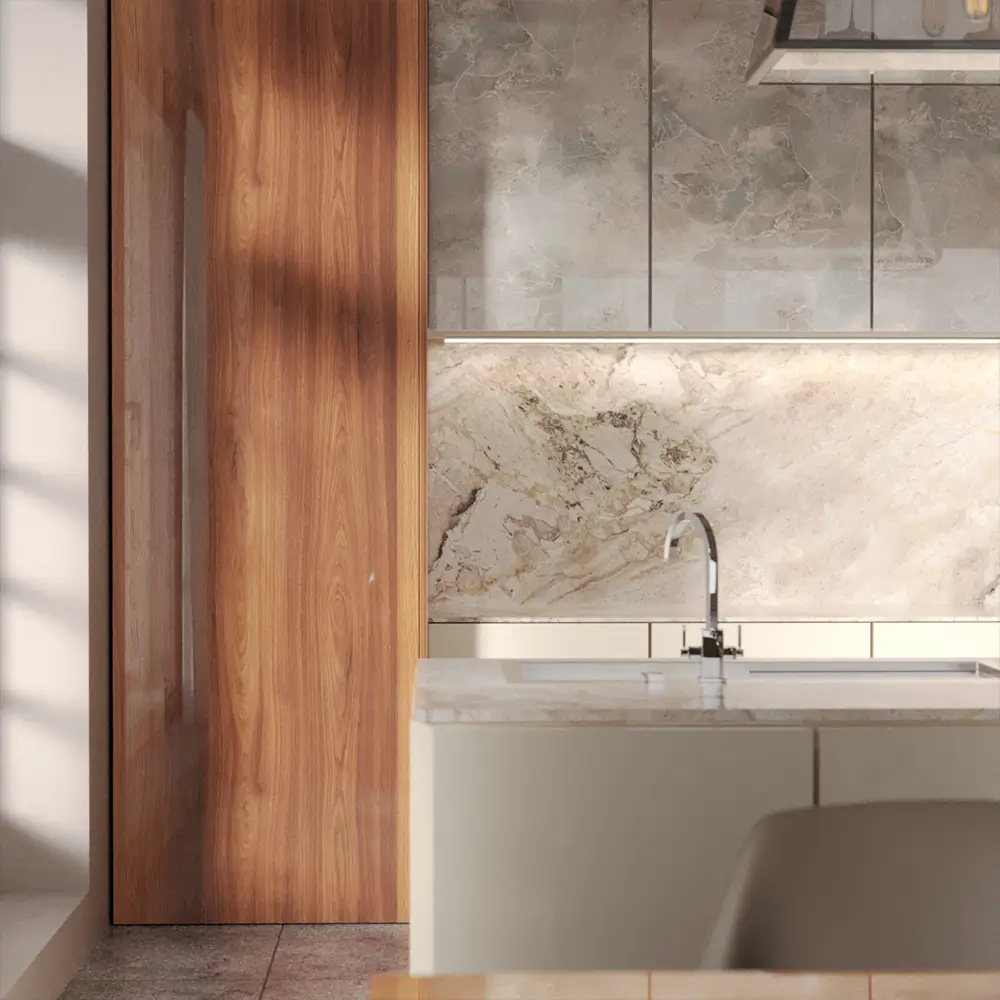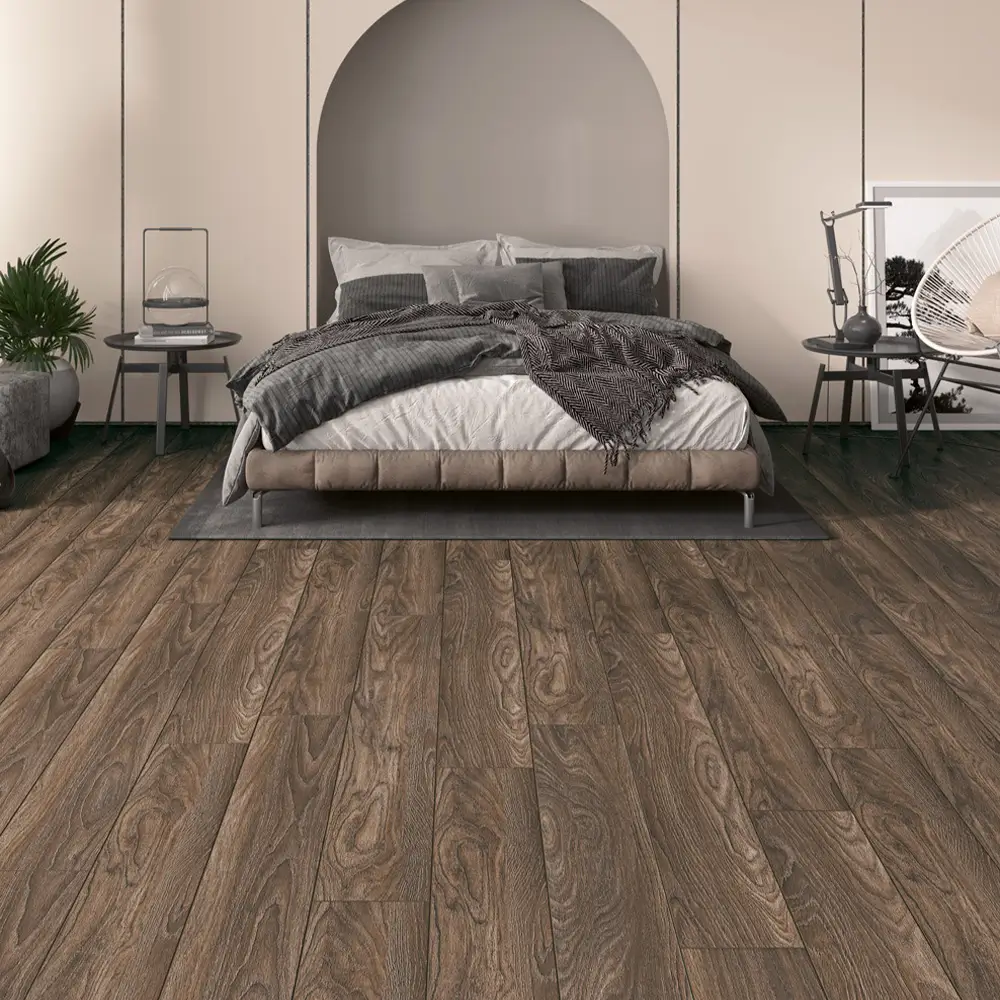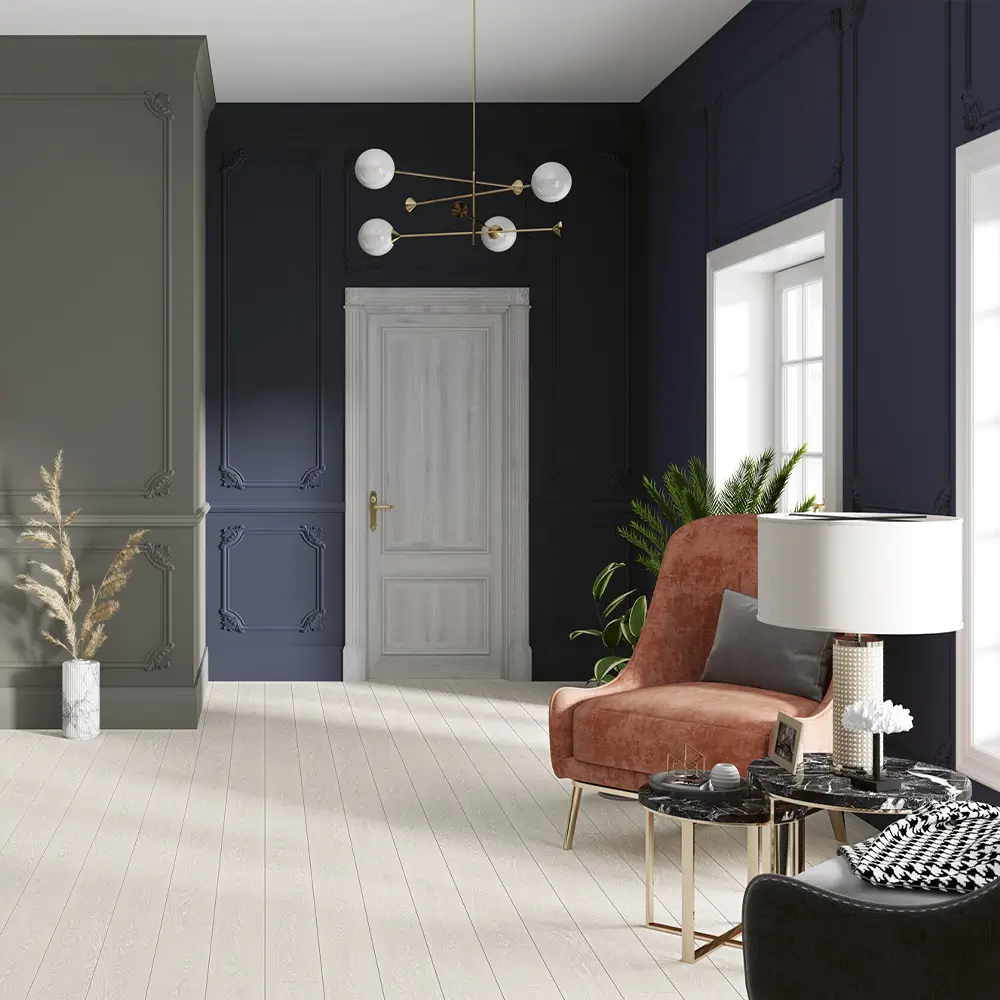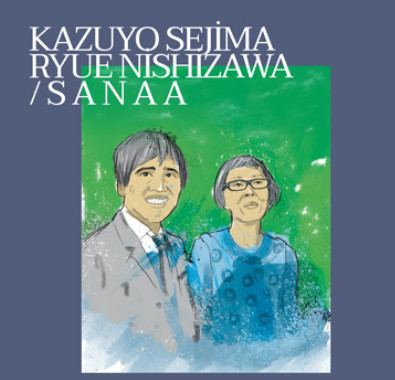
Category
inspiring ideas
inspiring ideas
This month, we feature Kazuyo Sejima and Ryue Nishizawa in our blog where we talk about the architects chasing the tree.
The Tokyo-based firm SANAA, i.e., Sejima and Nishizawa and Associates was founded in 1995 by architects Kazuyo Sejima and Ryue Nishizawa.
Born in the Hitachi, Japan on 29 October 1956, Kazuyo Sejima graduated from the Japan Women’s University with a master’s degree and then worked with Toyo Ito for a while. In 1987, she established her own architectural firm Kazuyo Sejima and Associates in Tokyo, the capital of Japan. Then, she became the co-founder of SANAA.
Born in Tokyo on 7 February 1966, Ryue Nishizawa graduated from Yokohama National University. One of Toyo Ito’s students, the architect is also one of the first hires of Kazuyo Sejima. Having founded SANAA with Kazuyo Sejima in 1995, the architect is also engaged in other businesses independent from SANAA through Ryue Nishisawa Office that he established in 1997.
The architects were awarded the Pritzker Architecture Prize, considered as one of the most prestigious awards in the field of architecture, for their works they produced under the roof of SANAA.
Their Projects Notable with the Use of Wood-Based Products
Grace Farms
Constructed on an 80-acre land located in New Canaan, Connecticut, the structure was designed for the non-profit organization Grace Farms Foundation. The project aims to enable people to experience nature. The structure is known as a structure accessible to the public with its physical conditions also hosting many cultural and artistic activities.
Within the concept developed by SANAA, the building settles on the land like a river along the slope. It was aimed that this river be a part of the landscape and a natural structure was aimed to be established.
Wood-based products as well as glass, concrete and steel were preferred in the structure having a fluid form. The building has a completely glass-enclosed structure and its roof was also built using wood-based products.
21st Century Museum of Contemporary Art
The museum located in Kanazawa, Japan was built in 2004. The project has a quite high interaction with nature in the structure dominated by geometric forms due to its environment and its permeable structure.
Having a transparent design approach, the 21st Century Museum of Contemporary Art has a circular form with a diameter of 112.5 meters. Since the park located in front of the 21st Century Museum of Contemporary Art is used as an extension of the building, the concept of transparency in design gains great importance and value.
Cloud Shaped Pavilion
The eight-meter-high cloud-shaped building was designed to offer visitors a place to park bicycles, as well as public toilets.
The structure consisting of pillars and wooden beams was reinforced with a material that allows the partial entrance of natural light inside the structure.
Having entered the furniture industry as well as architecture, SANAA designed armless or rabbit chairs for the Japanese furniture manufacturer Maruni Wood Industry, attracting a great deal of attention.
Popular with its rabbit ear-like silhouette, the chair was placed on the market in two different sizes, mini and minimini. After the high demand for the product offered for sale for a limited time period, it was continued to be produced in three different sizes such as regular, mini, and minimini.
Drawing attention especially with the buildings that they designed on the basis of the concept of transparency, SANAA continues to design buildings in different parts of the world.
ICONIC TREES OF CENTRAL AMERICA
PREVIOUS
Bauhaus School and Today's Understanding of Design
NEXT


